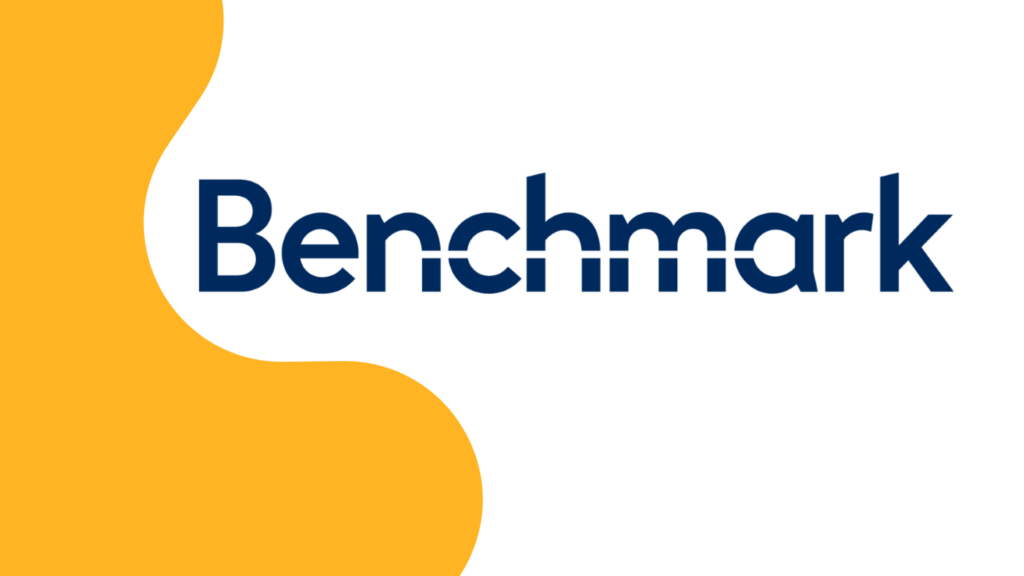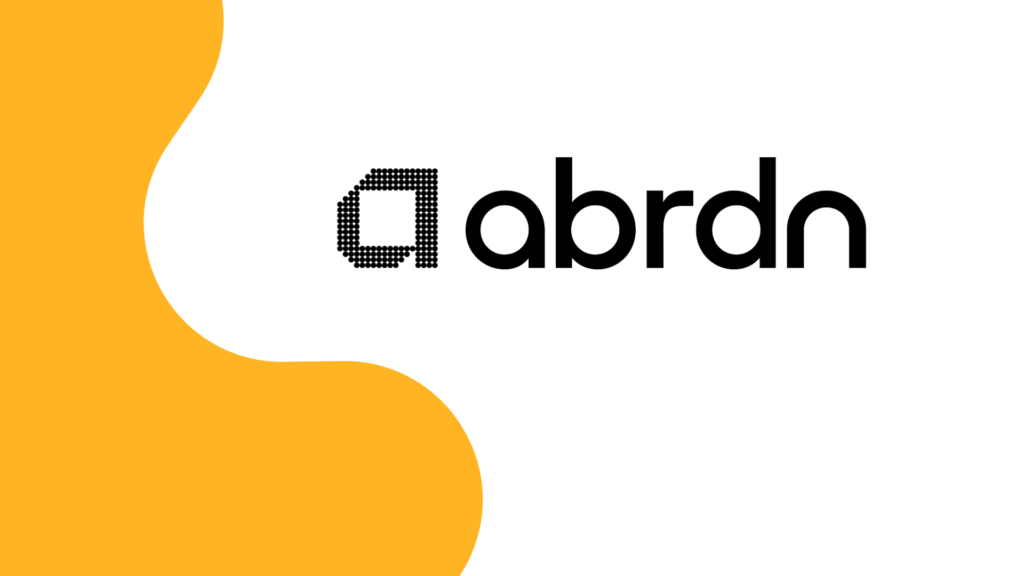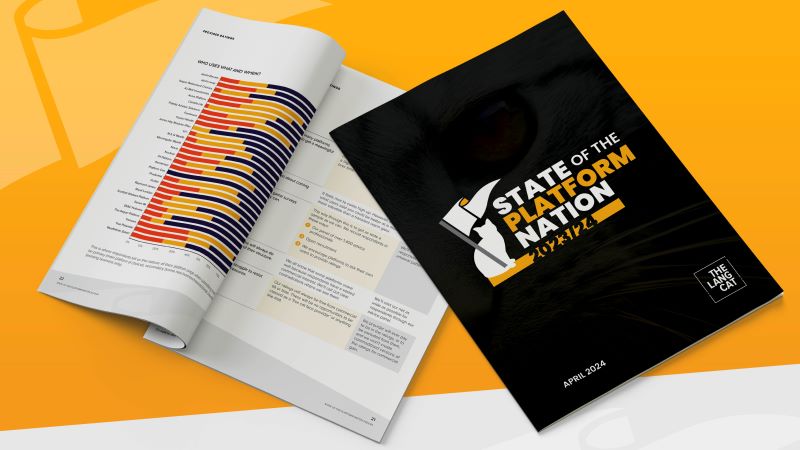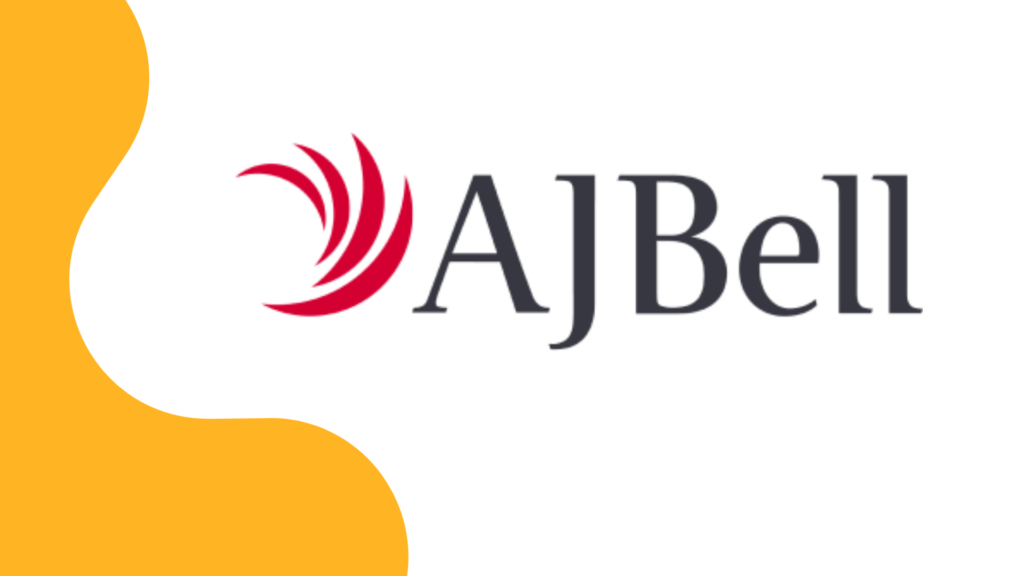Subscribers to Analyser can now catch up on the latest edition of Adviser Briefing, covering platform market data for Q2 2024. This includes our market at a glance tables, and a summary of the latest developments across platforms and MPS providers. Subscribers can also catch up on the lang cat’s latest analysis on platform switching
Category Archives: Platforms
Fusion Wealth platform has updated its data inside Analyser across a range of data points.
Mark Polson runs the rule over abrdn’s new charging structure.
Abrdn has made changes to abrdn Wrap charging structures today and we’ve added these to Analyser for use in your due diligence and comparisons. Changes include:
Every year, the lang cat publishes the State of the Platform Nation report – our annual deep dive into platforms in the UK. The 2023/24 report is the 12th edition and reviews the previous year and sets out what we think the future holds for platforms. 2023 will go down as one of the toughest
AJ Bell has made changes to its charging structure including a new tier and scrapping certain SIPP-related charges, and Analyser has been updated to reflect this.
The new platform from fund group Marlborough is now available to research and assess in Analyser.
Nucleus has made changes to its standard pricing with effect from 1 December 2023, and Analyser has been updated to reflect this.
When the Transact – BlackRock MPS launched over a year ago, it marked a couple of ‘firsts’.
We often say that no two advice firms are the same, and that’s definitely the case when it comes to reviewing your platforms. We carried out a straw poll recently to gauge how often advice professionals refresh their platform due diligence. Respondents had the option of either quarterly, half yearly, yearly or ‘we don’t, once








